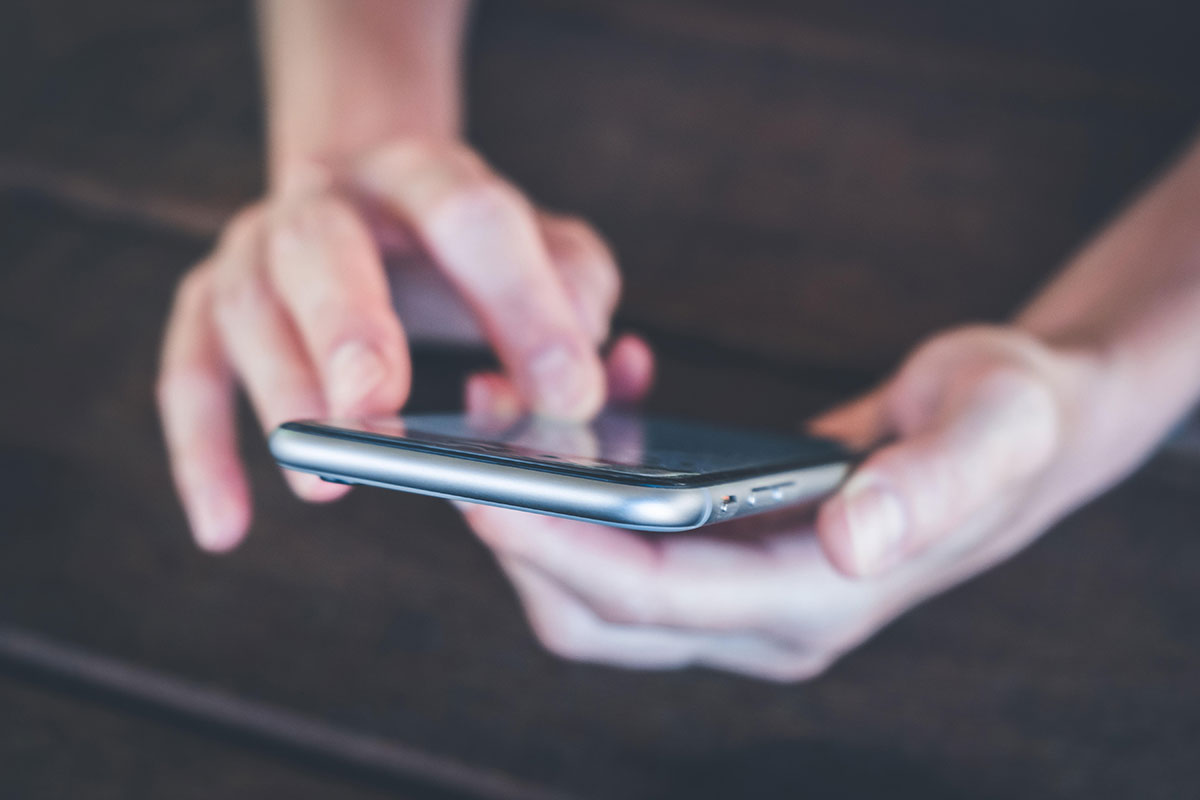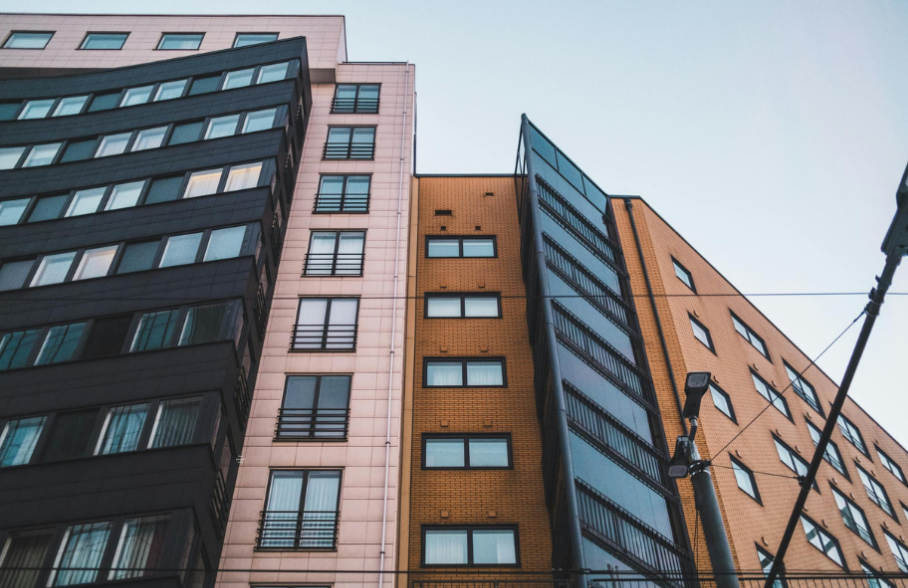
Craig Jackson from LRM explains how using smartphones can help with reporting and tracking repairs
Full article here: https://www.insidehousing.co.uk/sponsored/the-benefits-of-using-smartphones-for-reporting-and-tracking-repairs
Try as you might, there is no escaping the smartphone. According to Ofcom’s Online Nation report from 2021, this ubiquitous innovation is now “the most-used device for accessing the internet for all age groups, apart from those aged 65-plus”.
For those who are old enough to remember feeding coins into phone boxes in the street, the smartphone may still have the capacity to surprise. For most millennials and Gen Z-ers, however – whose default position is ‘online’ – their mobile is an everyday device, and they wouldn’t dream of shopping, ordering a takeaway or booking a taxi without it.
While Ofcom recognises that “the digital divide continues to prevent the benefits of internet connectivity being available to all”, it notes that “the smartphone appears to be the ‘base layer’ of connectivity, with more users in lower socio-economic groups relying on this device for internet access without a computer”.
So if they are running their lives via their smartphones, does it makes sense for tenants to report and track their property maintenance issues in the same way? Raising problems and requesting emergency assistance using an app is quick and convenient, and elicits instant responses, which is what millennials, and social housing’s residents of the future, expect and demand. It is also a flexible solution, making it easy for shift workers and others who work erratic hours to book appointments with tradespeople.
Craig Jackson at LRM property management, a managing agent based in London, says: “Most things now are pretty much done from your phone. People are looking for instantaneous results… No one has any patience, and no one wants to troubleshoot any problems. They just want to get someone out [to solve their issue] as quickly as possible.”
So, for the past two years, LRM has been using a digital platform supplied by technology company Evo, which connects tenants and landlords with skilled tradespeople sourced through Evo’s accredited trades network. If a resident has a leaking roof, they can use the Evo app to report it, and upload photos that might help solve the problem. They can also book a preferred day and time slot for a service visit or repair, while any emergency issues are automatically assigned to the nearest accredited tradesperson. In other words, the tenant bypasses the property manager and goes straight to the maintenance expert.
Keeping residents up to date
Plus, residents receive notifications to keep them informed about how their problem is being dealt with, which puts them at ease. Mr Jackson explains that this is a useful feature, as one of a property manager’s biggest frustrations is when a resident rings to report an issue, and then calls back 10 minutes later for a status update.
If they don’t get a sufficiently swift response, “the tone of their next call is going to be very, very different and you are on the back foot”, says Mr Jackson. “Even if it’s a small problem, a customer wants to feel like it’s a priority. Because, at the end of the day, they’re paying their rent, and paying for everything to be working – but now it isn’t… so what are we going to do about it?”
Apart from streamlining the reporting process and making it more transparent, digitally transforming property management has made Mr Jackson’s job easier because he is not dealing with maintenance calls.
“Maintenance is a major part of what we do in terms of looking after our portfolio,” he says. “So it’s freed up my time and enabled me to increase the number of properties I manage.” It’s a boon to tradespeople, too, because if they have better information about a job, they can arrive on site in good time with all the parts they need to speed the repairs process along.
COVID-19 has also made repairs and maintenance teams more adaptable and more agile, with features such as video triage services and DIY FAQs assisting residents with troubleshooting, and possibly reducing or replacing the need for a tradesperson’s visit in the first place.
While Mr Jackson doesn’t have figures to show how this type of digital advance has improved LRM’s resident satisfaction, he does point to an improved tenant retention rate.
“Over the past year, we had a 30% increase in terms of retention,” he says. “So we look at that as a customer service [result], because tenants who are happy in a property are not moving as much.”
PHOTO BY Inside Housing


